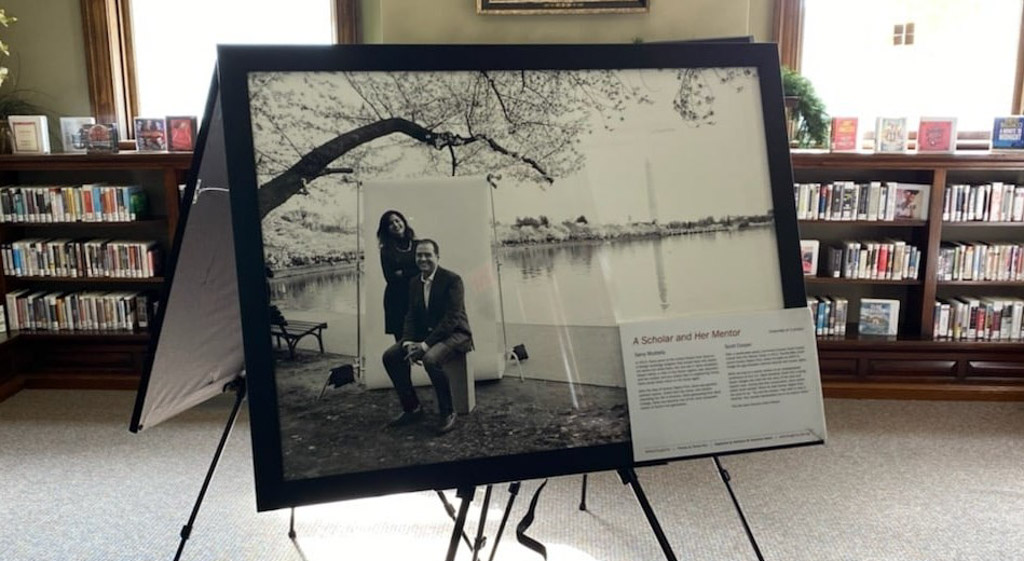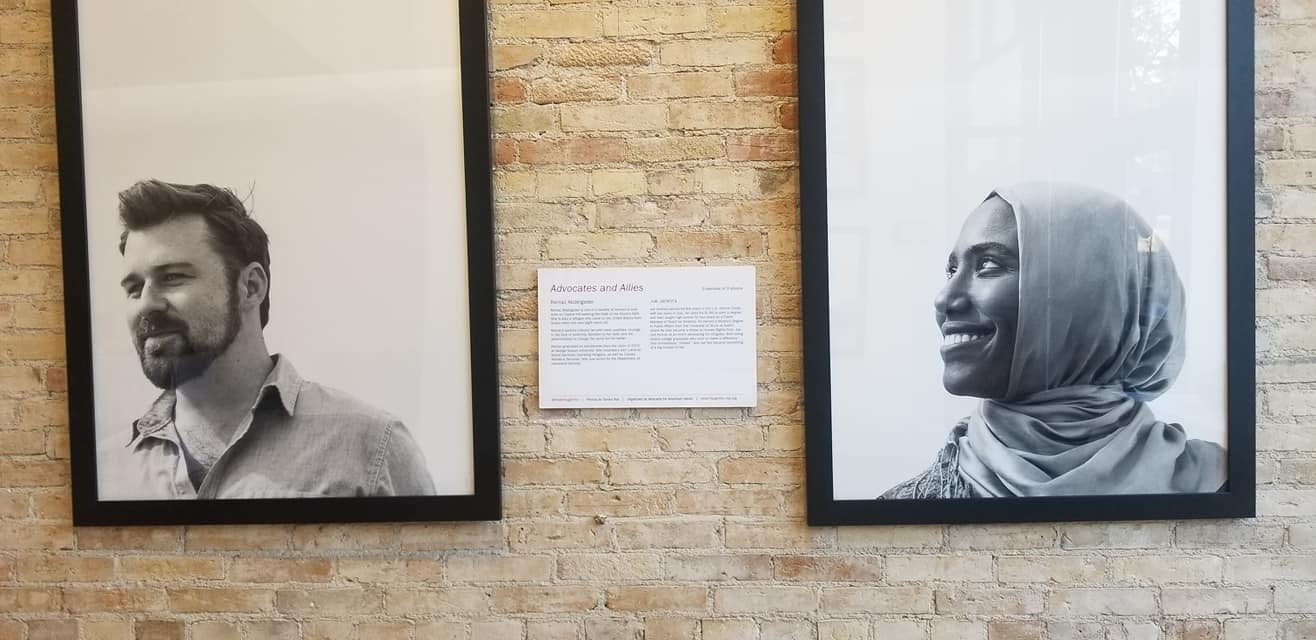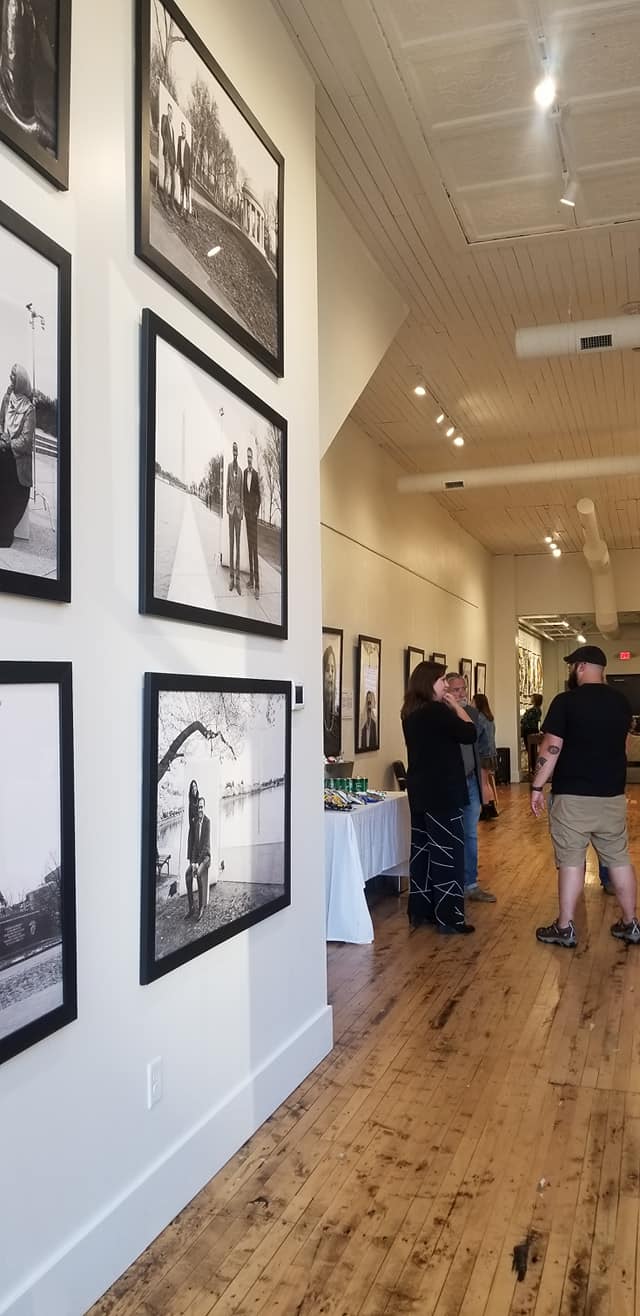Case Study #4: Reaching new audiences through art events

The challenge: Events that centered refugees were drawing an audience of existing supporters, but weren’t attracting other people in the community.
The solution: A unique art exhibit made connections between the experiences of veterans and refugees during times of conflict to draw in a new audience of potential welcomers.
Why it matters: Events that use art to reach broad audiences can expand and deepen support and empathy for newcomers.
Reaching new audiences
The traveling exhibit had six traditional and community-based locations in St. Cloud, Minnesota and neighboring communities, including a museum, performing arts center, gallery, library, and neighborhood church. One location was purposely located in an outlying community.
Overall, Natalie said they reached new audiences with the #WhatIFoughtFor art exhibit, as well as built new partnerships, including with churches and other organizations. She said that these events — that challenge perceptions and push conversations — create ripples in the community.
Along with these events, Natalie and Unite Cloud began developing a training curriculum for “moving from indifference to action.” They see this as a critical next step following their Welcoming Week events.
Lessons learned
Natalie said that they learned from their previous art projects to partner with local artists to curate exhibits and provide their expertise. Through Welcoming America’s Belonging Begins With Us funding, Unite Cloud hired a local artist, Heidi Jeub, to curate this project, using her connections across Central Minnesota to organize exhibits that were streamlined and professional. She said that is a best practice they are continuing during their fourth grant project with the artist-curator from the #WhatIFoughtFor exhibit.
Natalie also emphasized the importance of finding exhibit hosts in rural and suburban areas outside of your home communities. She shared that there are not many Somali or Muslim families who live in the areas surrounding her community. However, since St. Cloud residents are in close proximity to an increasingly diverse community, they hear rumors and misconceptions about newer residents but don't often have a chance to hear directly from newcomer communities. This is something Unite Cloud is seeking to change.

More examples of events that reached new audiences:
Bridge dinner experiences in Lancaster, Pennsylvania, Sarnia-Lambton virtual events in Ontario, Canada, Multicultural Passport program in Palmerston North, New Zealand
Thank you to Natalie Copeland, executive director of Unite Cloud, for sharing insights about this Welcoming Week event.
